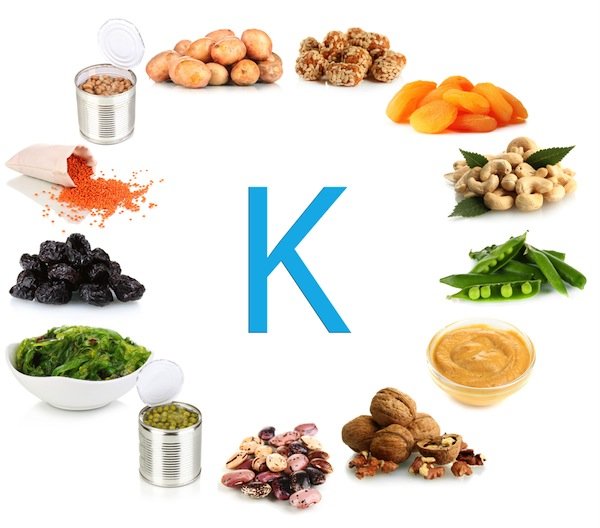Big Companies Push Employee Wellness


By Toni Clarke
Reuters
Leaders of many of the biggest U.S. corporations, from Coca-Cola Co <KO.N> to Johnson & Johnson <JNJ.N>, unveiled a campaign to cut back the nation’s healthcare costs, urging their peers to embrace wellness programs to further improve employee health.
The newly-formed group, known as the CEO Council on Health insurance Innovation, said it joined together “to have the U.S. business community” in improving employee and community health insurance reducing costs.
The council’s members also have Verizon Communications Inc <VZ.N>, Aetna Inc <AET.N>, Bank of the usa Corp <BAC.N>, Walgreen Co <WAG.N>, McKinsey & Co, Blue Cross and Blue Shield Association as well as the Institute for Advanced Health. Combined, the group said its healthcare benefits cover 150 million people.
In a written report released in the press conference in Washington, D.C. in conjunction with the Bipartisan Policy Center, the council called on employers to accelerate the adoption of wellness programs to enhance nutrition and fat loss, promote physical exercise, help employees stop smoking cigarettes and manage chronic diseases.
Several council members described successful wellness initiatives in their own firms and urged others to check out suit.
“Today is about a telephone call to action,” said Coca-Cola Ceo Muhtar Kent. The company’s sugary sodas happen to be the objective of public health advocates who argue they play a role in obesity and related diseases which include diabetes.
Workplace wellness programs, a $6 billion-a-year industry, are popular as they promise to further improve productivity, cut absenteeism reducing medical costs by averting expensive illnesses.
Some employers, including Bank of America, offer financial incentives for workers to get screened, whilst others have begun to penalize workers who don’t do wellness requirements.
Despite the ever rising rise in popularity of such programs, some independent research shows that wellness campaigns do not invariably lower your expenses as hoped.
A long-running workplace wellness program at PepsiCo, <PEP.N>, as an example, helped keep your charges down for workers with chronic diseases by lowering hospital admissions. Nevertheless the savings for workers have been urged to generate preventive changes recommended to their lifestyle were negligible, in accordance with a survey published while in the journal Health Affairs in January.
Still, Dr. Fikry Isaac, vice president of global health services at J&J, said the company’s own research established that every dollar it devoted to wellness programs yielded a $2 to $4 motorola roi.
“We believe it will work and then we be capable of show a substantial amount of evidence,” he stated.
One J&J study that lasted in excess of six years showed a $565 dollar saving per employee a year, Isaac said, adding that healthcare costs for J&J above the period rose just 1 percent, when compared to a gain of four.7 percent due to its peers.










